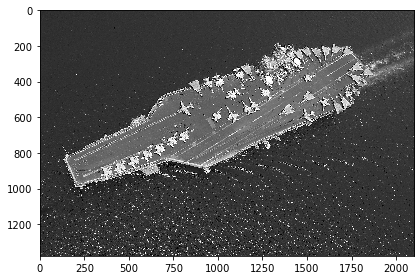Introduction to Image Processing
- Abel Joshua Cruzada

- Dec 6, 2020
- 2 min read
Last November 17, 2020, I had the privilege to sit-in in the first lecture of the Introduction to Image Processing class at the Asian Institute of Management, discussing the different Image Processing and Computer Vision applications in various fields. Many of us hear the term image processing often due to its emerging popularity. However, do we really know the meaning of Image Processing? What is the difference between Image Processing and Computer Vision? The term is still ambiguous to most of us out there. Therefore, I would like to share my learnings in the class with those starting in the field of Image Processing same as myself.
Image Processing (IP) is a method of transforming input images depending on the context and issues. These transformations can vary from "smoothing", "sharpening", "contrasting" and "stretching" or other enhancement methods that would help you to meet your objectives. Whereas Computer Vision (CV) is the collective term of analysis and techniques which takes images or videos as inputs. The goal of Computer Vision is to understand these inputs the same way humans interpret images and videos. Computer Vision uses Image Processing algorithms in completing its task.
The main difference between Image Processing and Computer Vision are its goals. For instance, if your goal is to enhance your image for later use, the term Image Processing can be used. While if the goal is to emulate human vision like face detection or self-driving cars, it may be called Computer Vision.
So why do we need to study Image Processing and Computer Vision? It helps us to visualize images and videos that are not usually seen by our naked eye. IP and CV also allow us to recognize objects for continuous monitoring, which can be cumbersome, inefficient, and prone to mistakes for ordinary people.
Here are some applications of Image Processing and Computer Vision.
Risk and Damage Assessment due to different calamities using satellite imagery
Population mapping
Product defect recognition
Counterfeit detection
Identify customer movements inside physical stores
Blood cells counting
Health assessment using images
Self-driving cars
Damage roads identification
Traffic violation detection
Facial recognition
Realizing the importance and Image Processing and Computer Vision, I have decided to enroll in the class and share my key learnings with people who have a keen interest in the field.




Comments